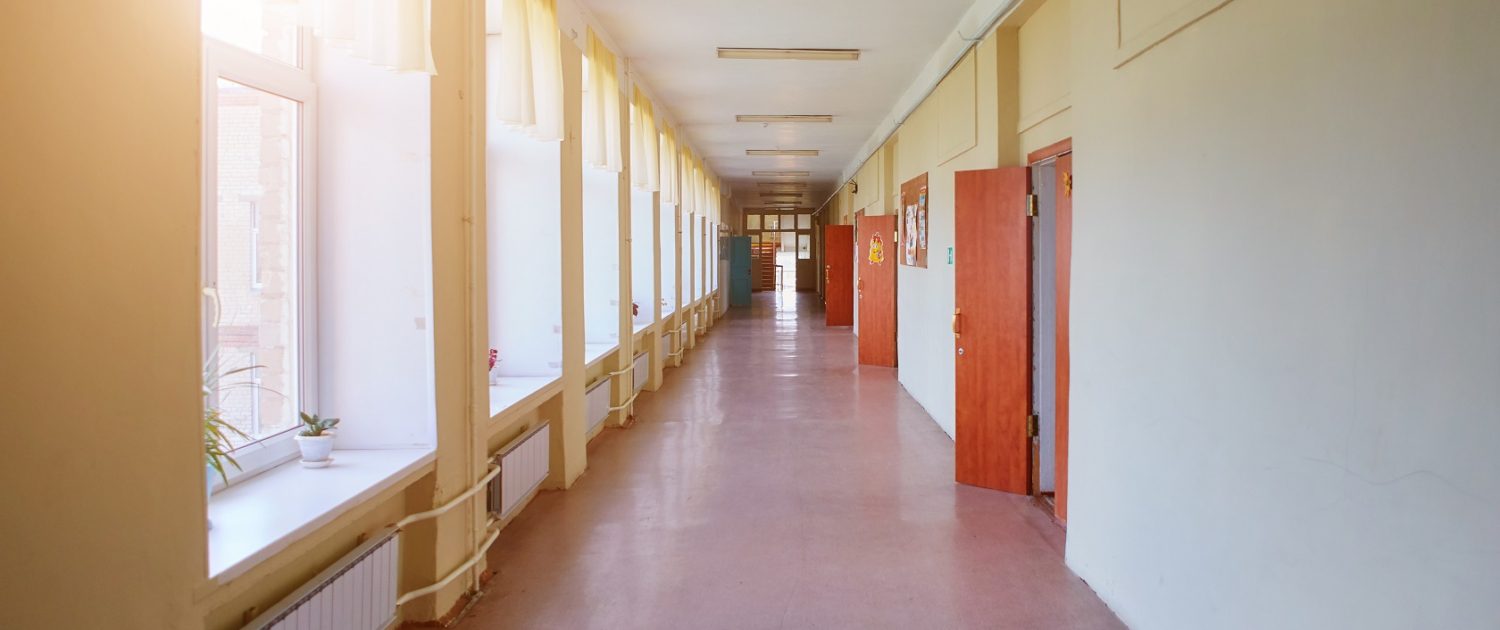#EconomicPolicy
#EconomicPolicy75
Watch a video interview where Nicola Fuchs-Schündeln discusses this report’s findings
Watch the livestream of the policy session
Covid, School Closures and Children’s Futures
New evidence on the long-term distributional effects of lost learning in Germany and the United States
As the Covid-19 pandemic swept across the world in the spring of 2020, schools were shut down and millions of children faced major learning losses while their parents struggled to combine work, childcare and home education. A new research report by Nicola Fuchs-Schündeln explores the likely long-term impact of those closures on children’s future livelihoods and wellbeing. Among the findings:
- From the start of the pandemic in March 2020 to the summer of 2021, American children lost over half their normal schooling time. Their counterparts in Germany, the country with the longest school closures in Western Europe, lost 45%.
- American schools were closed longer in richer areas than in poorer ones. In Germany, variation was mainly by grade: children in the middle years of school faced the longest closures.
- American school closures could lead to 1.7% average reduction in lifetime earnings for affected children. The total losses are likely to be smaller in Germany, but with more damage to disadvantaged children, raising inequality and reducing intergenerational mobility.
- Young children in poor US households suffer most from school closures: six year olds face losses 30% bigger than 14 year olds. Children whose parents’ income is in the bottom quartile face losses twice those with parents in the top quartile. And those in the public education system lose far more than those in private schools.
The study concludes that increased government investment in schooling is essential and urgent to counteract learning losses. It should be targeted especially at younger kids and those from more disadvantaged backgrounds.
More…
Extensive school closures negatively affected children all over the globe. While much discussion during the Covid-19 crisis has focused on the direct costs of the crisis to government budgets, workers and businesses, less time has been devoted to the costs for the children affected by the school closures, perhaps because these costs will only arise in the future.
This research shows that the costs associated with the school closures are substantial, and that the school closures increase the importance of parental background for future earnings, thus reducing equality of opportunity.
The author first documents the extent of the school closures in the United States and Germany. American children lost more than half their regular schooling time on average during the period from spring 2020 to summer of 2021, while children in Germany lost slightly less than half.
In the United States, school closure lengths were strictly increasing in the age of the child, while Germany’s school closures exhibit a strong U-shape pattern in age. Children from poorer regions experienced on average shorter closures in the United States, which was much less the case in Germany.
The author’s analysis predicts that, on average, American children will experience a long-term earnings loss of -1.7%, and a welfare loss of -1%. There is substantial heterogeneity in these losses, with children from more disadvantaged backgrounds experiencing larger losses.
While the average losses are likely to be smaller in Germany, the socio-economic gradient is likely to be larger. The U-shaped age pattern in the closures in Germany implies that welfare losses are likely to be very small for the oldest students, and largest for the children starting middle school.
The analysis provides an estimate of the welfare losses caused by school closures that come from lost earnings alone. These losses are substantial, and lead to an increase in inequality between children coming from poor versus well-off households. These estimates do not include losses from poorer physical or mental health caused by the school closures, which are also likely to have a strong socio-economic gradient.
Overall, the school closures can be expected to lead to a further decrease in intergenerational mobility. Governments should react immediately and strongly if they want to counteract this development, in particular by increasing schooling time after the crisis.
The research has a few clear messages about increased governmental investments into schooling. First, they should be done as soon as possible. This is due to the self-productivity of human capital: the earlier human capital is increased, the larger is the effect.
Second, if governments want to target their support, they should target it towards younger children and children from more disadvantaged backgrounds, since these children suffered most from the school closures.
Related research analyses the consequences of keeping schools open for an additional six weeks in each of the two summers following the period of the school closures in the United States. It finds that this policy would lower the welfare losses of the children on average by one fifth. Thus, while this is not enough to counteract the welfare losses completely, it is a small step in the right direction.
This policy would pay for itself: the costs of extended schooling would be completely offset by the net present value of the increased government revenues caused by higher future earnings and thus higher future tax payments. As expected, children from poorer households would benefit most from the policy. Yet the policy does not pay for itself if only schooling for poor households gets extended: the additional tax revenues through higher earnings accrue mostly from the children of richer households.
A related policy lesson is that it might be necessary to increase schooling time in an obligatory way to combat the negative distributional effects of the school closures, rather than relying on offering voluntary support measures.
For example, the voluntary support measures already offered in Germany, such as additional free schooling in the summer vacation or additional free tutoring during the school year, have been taken up more by children from more educated parents: 31% of children of college-educated parents took advantage of some support in 2021, while only 18% of children of non-college-educated parents did so.
The reason for this disparity remains unclear, but it indicates that to reach the students who most need support, it would be most effective to increase mandatory schooling time.
‘Covid, School Closures and Children’s Futures. Long-term distributional effects of lost learning in Germany and the US’
Authors:
Nicola Fuchs-Schündeln (Goethe University Frankfurt and CEPR)





